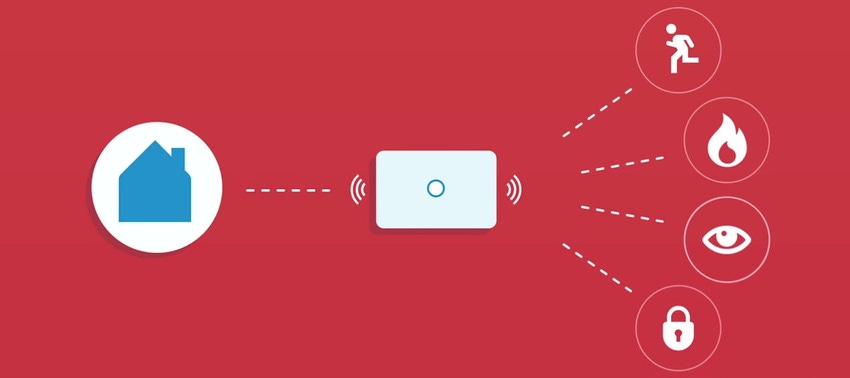Just as with the rest of IoT, the connected home has been the subject of a lot of speculation but little end product. One company that hasn’t been afraid to try some out on its customers is Swiss operator Swisscom.
July 9, 2015

Just as with the rest of IoT, the connected home has been the subject of a lot of speculation but little end product. One company that hasn’t been afraid to try some out on its customers is Swiss operator Swisscom.
Telecoms.com spoke to Head of Swisscom Smart Living Mathias Prüssing, who started by explaining how he has gone about developing the connected home market. “We have several connected home initiatives, for which I’m responsible here at Swisscom,” said Prüssing. “We try to be fast and to learn by doing because it’s a new area; it’s not an educated market just yet so we are facing different challenges there.
“Our main focus is a solution that we call SmartLife security. The idea behind it is that we try to find a way establish a service business for Swisscom. Being an operator, we’re not trying to sell hardware or have the most fancy design – we try to sell relevant services.”
This is the challenge faced by all companies looking to get into the IoT space: they can all see the potential but what’s not yet clear is either the demand nor the business model. So a degree of trial and error is perfectly reasonable, but the trick is controlling your exposure.
“We did a lot of exercises in finding good use cases and at the end of the day we said we basically have two that might be interesting for this early adopter market,” said Prüssing. “One is the security and surveillance part, which is also the primary focus of the solution we developed, and the other is assisted living. These are a good starting position, or you could also call them Trojan Horses which we present to the customers to make it easier to understand what the connected home is and what you can do with it.”
SmartLife itself is based around what Prüssing described as an “enhanced gateway”, which features a bunch of communications standards, backup functions like SIM card and battery as well as a siren. It connected to peripheral sensors, contacts and switches and offers a degree of flexibility in its use, such as Swisscom’s partnership with security company Securitas to offer a further level of service.
This isn’t designed to supplant expensive, bespoke security systems, rather to offer a point of entry to this market for people previously priced out of it. Our target market is somewhere between the luxury end of the market and the low end,” said Prüssing. “We have an interesting market segment in the middle where you have 60% of people in Switzerland renting apartments and they never wanted to invest in an alarm system because it’s far too expensive, but want to have a bit more peace of mind. It’s a sort of easy plug and play solution for that segment.
Swissom seems to have adopted a similar philosophy for its assisted living service, SmartLife Care, which focuses on simplicity and accessibility. “This features a so called emergency watch that has a button you can push to get help wherever you are,” said Prüssing. “You can store up to ten numbers that are automatically called or you can link to professional emergency organisations. This was launched a year and a half ago and we already have 3-4,000 customers.”
Companies like Swisscom, which are dipping their toes in the nascent connected home market to see what works, provide useful insights into the kinds of IoT applications the current market might be receptive to. As ever it needs to be the solution rather than the technology that is presented to the potential customer and things like SmartLife would seem to indicate consumers are prepared to give the connected home a chance if it demonstrably improves their lives.
Mathias Prüssing will be speaking at Broadband World Forum 2015 in London

Read more about:
DiscussionAbout the Author(s)
You May Also Like








.png?width=300&auto=webp&quality=80&disable=upscale)


_1.jpg?width=300&auto=webp&quality=80&disable=upscale)


.png?width=800&auto=webp&quality=80&disable=upscale)